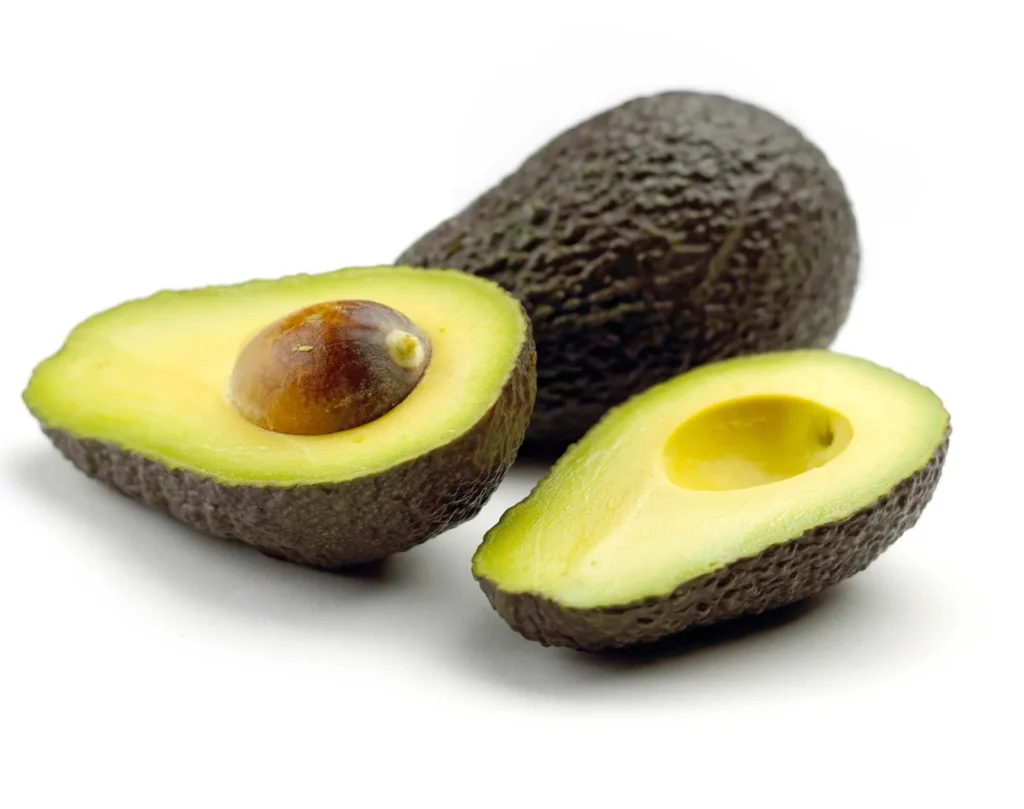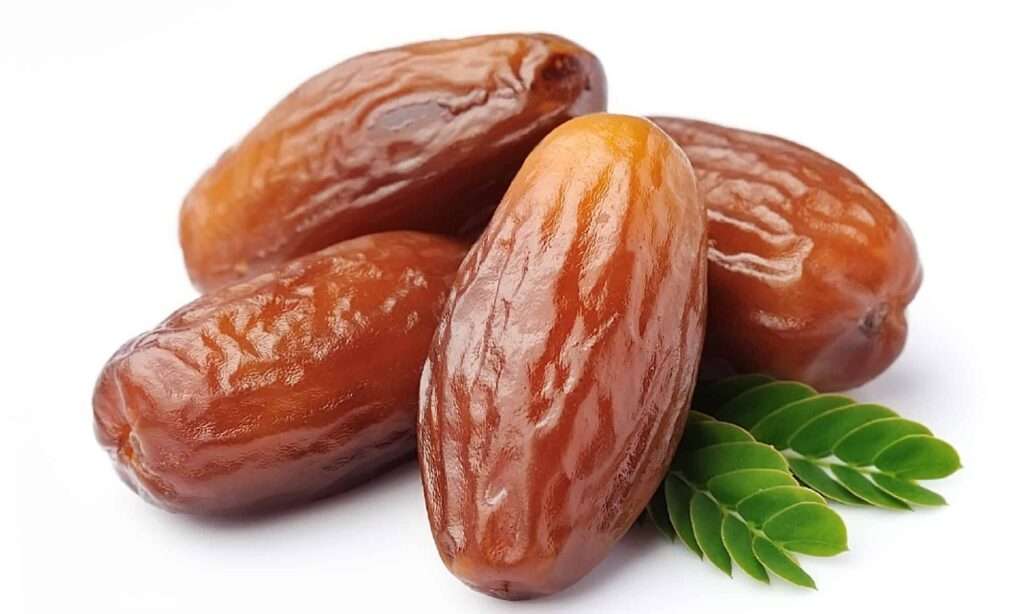
Description
Large and erect, sweet cherry trees can grow as high as 11 metres (36 ft). The fruit is a fleshy drupe (stone fruit) that ranges in shape from almost globular to nearly heart-shaped, is about 2 cm (1 inch) in diameter, and has colors ranging from yellow to nearly black. The sweet cherry has only a small amount of acid. The sour cherry’s increased acid content is what gives it its distinctively tart flavour. The height of sour cherry trees rarely exceeds 5 metres (16 feet). The fruit is typically dark red in colour, oblate to spherical in shape, and has a high acid content, making it unappealing for eating raw. Duke cherries have intermediate qualities in both the tree and the fruit.
Varieties
Sweet cherries, sour cherries, and, to a much lesser extent, the dukes, which are hybrids of sweet and sour cherries, are the three varieties of cherry that are mostly farmed for their fruit.

Uses
Fresh cherries that are sweet are typically eaten. They can be frozen, canned, dried, frozen, brined, and juiced. Baking and cooking recipes often call for tart cherries. Juices, beverages, jams, and pastries can all be made with tart cherry. Cherries can be found in food supplements and medicines as a nutritional component.
Nutrition
A cup of cherries contains 15 milligrams of calcium, according to nutritionists, 0.42 milligrams of iron, 260 milligrams of potassium, 13 milligrams of magnesium, and 8 milligrams of vitamin C.
Cultivation
Cherry trees should be planted in the early spring or late autumn in a sunny area with sufficient airflow and well-drained soil. Mulch should be added, then water well. Cherry trees should not be placed adjacent to larger trees or structures that would shade them; instead, they should be put in a sunny region with sufficient ventilation. Deep, well-draining soil that has a pH between 6.0 and 7.0 is ideal for cherry tree growth.
Make sure the various varieties of sweet cherry may cross-pollinate when choosing them. To promote the development of new fruiting wood, prune trees each year in the late winter.
Table





